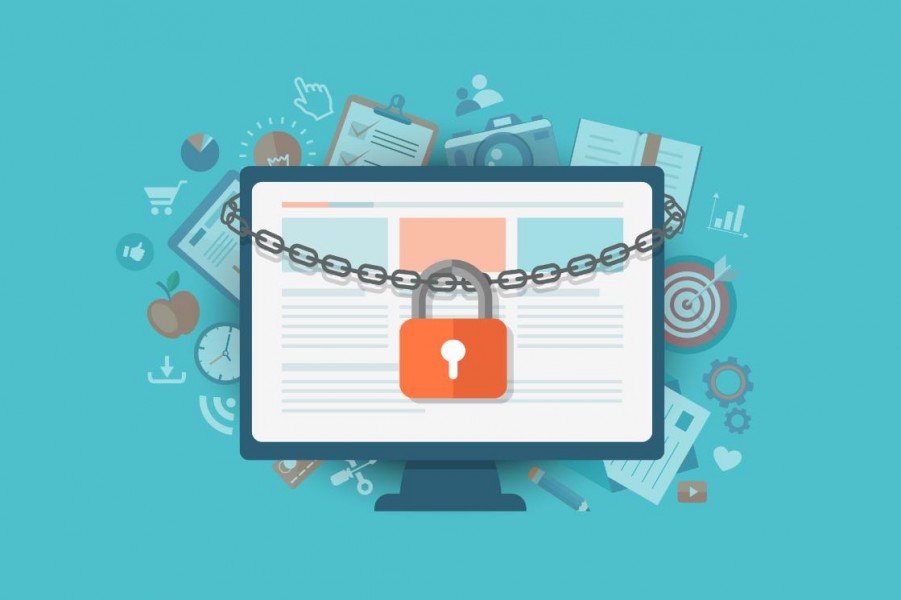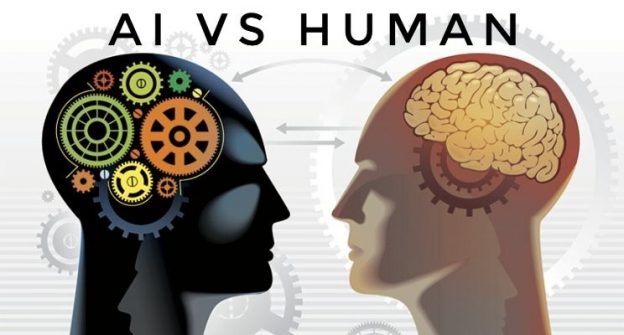Essential Online Safety: Protecting Yourself in the Digital Age
Introduction:
As the world becomes increasingly interconnected, the importance of online safety cannot be overstated. With the rapid advancement of technology, it is crucial for individuals to protect themselves and their personal information in the digital realm. This blog post delves into the realm of essential online safety, providing practical tips and guidance to navigate the digital landscape securely.

1.) Protecting Personal Information
One of the fundamental aspects of online safety is safeguarding personal information. Start by using strong, unique passwords for each online account, incorporating a mix of uppercase and lowercase letters, numbers, and symbols. Be cautious while sharing personal details on social media platforms and limit the amount of information you disclose publicly. Avoid clicking on suspicious links or responding to unsolicited requests for personal information. Regularly update your privacy settings on social media platforms and review the permissions granted to apps and services to ensure maximum control over your data.
2.) Practicing Vigilance Against Phishing Attacks
Phishing attacks continue to be a prevalent threat in the online world. Exercise caution when opening emails, especially from unknown senders or those with unusual subject lines and attachments. Verify the authenticity of email addresses and refrain from clicking on links within emails unless you are certain of their legitimacy. Remember, reputable organizations will never ask for sensitive information via email. When in doubt, directly contact the organization using official contact details to confirm the validity of any requests.
3.) Maintaining Device and Software Security
Securing your devices and keeping software up to date is crucial for online safety. Install reputable antivirus and anti-malware software to protect against malicious threats. Regularly update your operating system, web browsers, and applications to ensure you have the latest security patches. Enable automatic updates whenever possible. Avoid downloading apps and software from untrusted sources, as they may contain malware. Additionally, consider using a virtual private network (VPN) when accessing public Wi-Fi networks to encrypt your internet connection and protect your data from potential eavesdropping.

4.) Practicing Safe Online Behavior
Cultivating safe online behavior is vital for protecting yourself and your digital footprint. Be cautious about the information you share online, both in public and private settings. Think before posting, as even seemingly innocent content can have unintended consequences. Exercise critical thinking skills to identify false information and avoid spreading misinformation. Teach children and young adults about responsible online behavior, including the importance of not sharing personal information or engaging in cyberbullying. Engage in respectful and constructive online discussions, promoting a positive digital community.
5.) Regularly Backing Up Data
Data loss can occur due to various reasons, including hardware failure, malware attacks, or accidental deletion. Regularly back up your important files and data to an external hard drive, cloud storage, or another secure location. By maintaining backups, you can mitigate the impact of data loss and quickly restore your information in the event of a security breach or technical failure.
Conclusion:
In an increasingly digital world, online safety is paramount. By implementing the essential practices outlined in this blog post, individuals can navigate the digital landscape with confidence. Protecting personal information, being vigilant against phishing attacks, maintaining device and software security, practicing safe online behavior, and regularly backing up data are essential steps in safeguarding your online presence and ensuring a secure digital experience. Stay informed, stay cautious, and prioritize your online safety.

About Author
Isaiah Ananso is a dynamic individual who thrives at the intersection of technology, design, and education. As a web designer, graphic designer, writer, and ICT instructor, Isaiah’s diverse skill set allows him to bring a unique perspective to his work and make a lasting impact in multiple domains.






